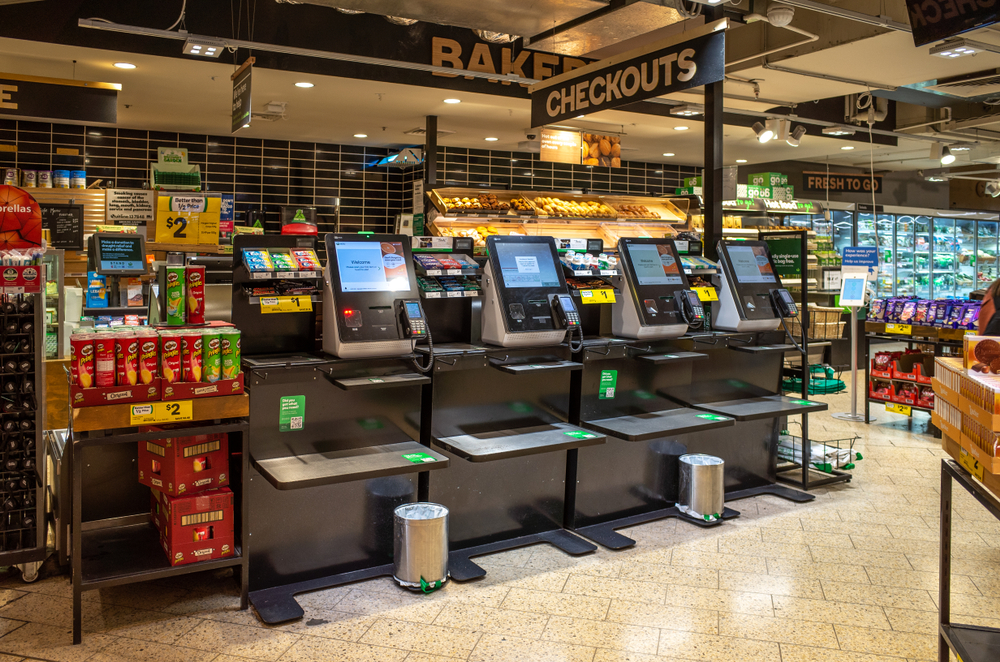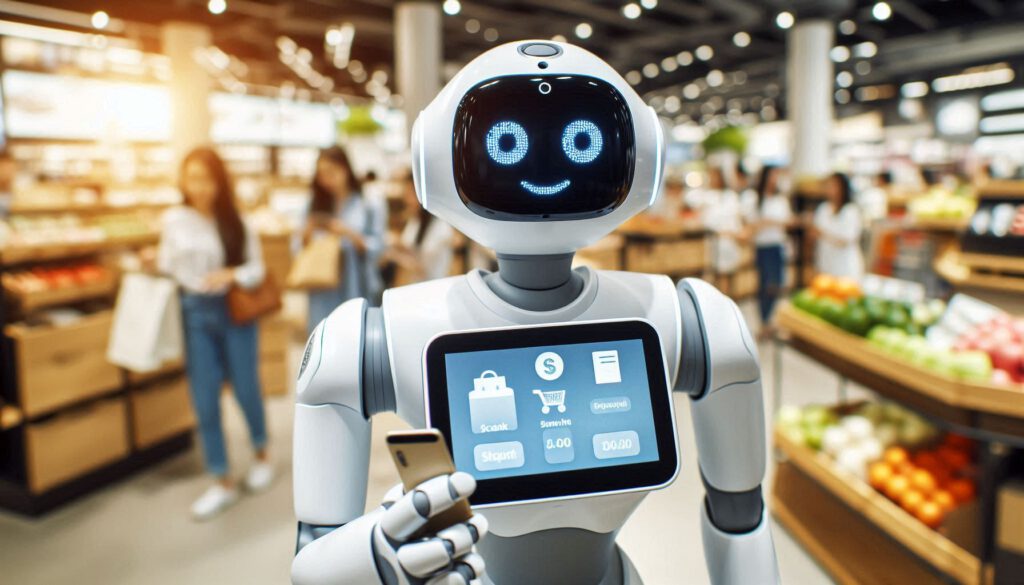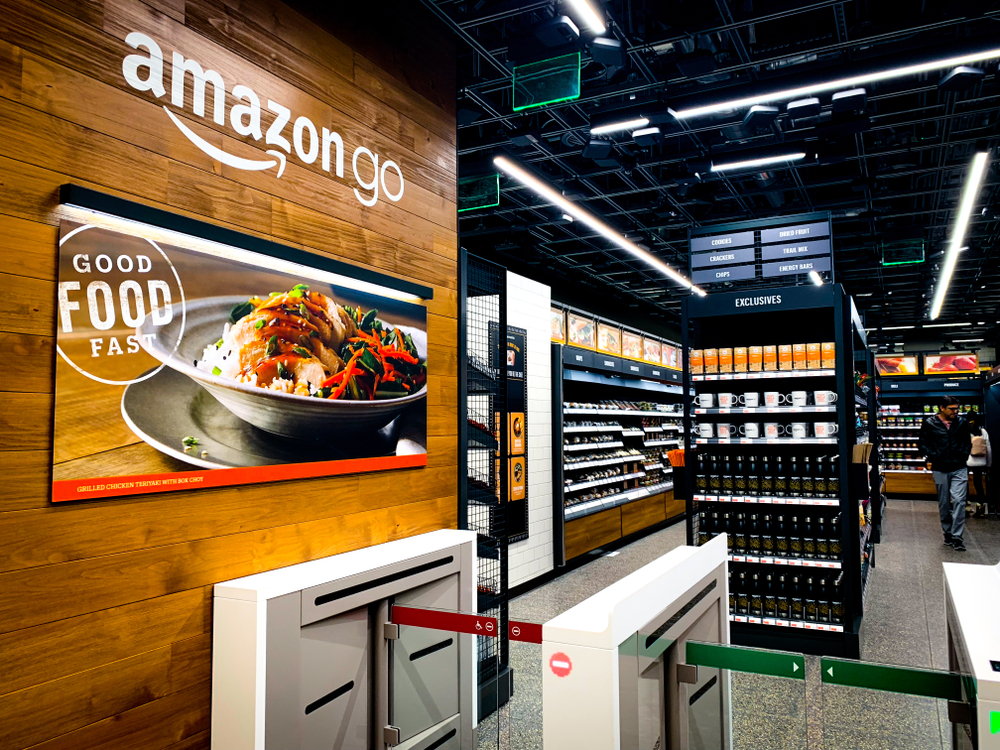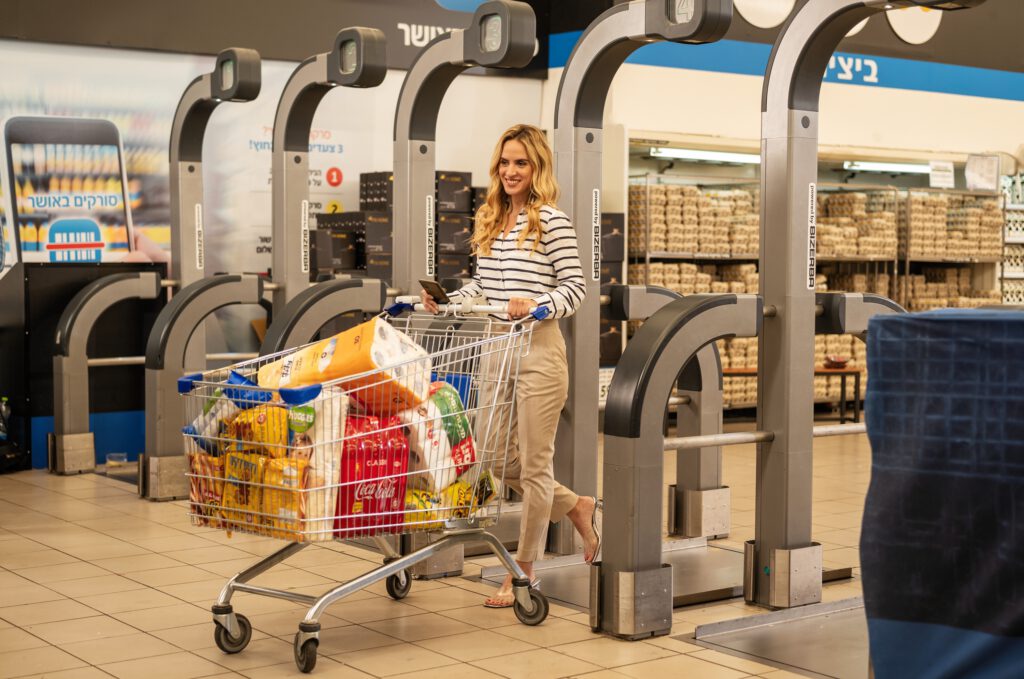The retail landscape is undergoing a rapid transformation, with self-checkout and self-scanning solutions gaining significant traction. While these technologies offer convenience to customers and operational efficiencies to retailers, a growing concern has emerged: increased loss. Several major US retailers, including Walmart, Kroger, and Giant Eagle, have acknowledged this issue in their financial reports and public statements.
The Scope of the Problem
-
- Walmart: In 2022, CNBC reported that Walmart’s CEO, Doug McMillon, acknowledged that self-checkout was contributing to the company’s loss problem, stating that it was “a learning experience” and “we’re going to continue to work on it.”
- Kroger: In its 2021 annual report, Kroger stated that “shrinkage increased due to increased self-checkout usage,” noting a direct correlation between self-checkout adoption and loss.
- Giant Eagle: A 2023 article in the Pittsburgh Post-Gazette reported that Giant Eagle experienced a 4.2% increase in shrink in 2022, partly attributed to self-checkout usage.
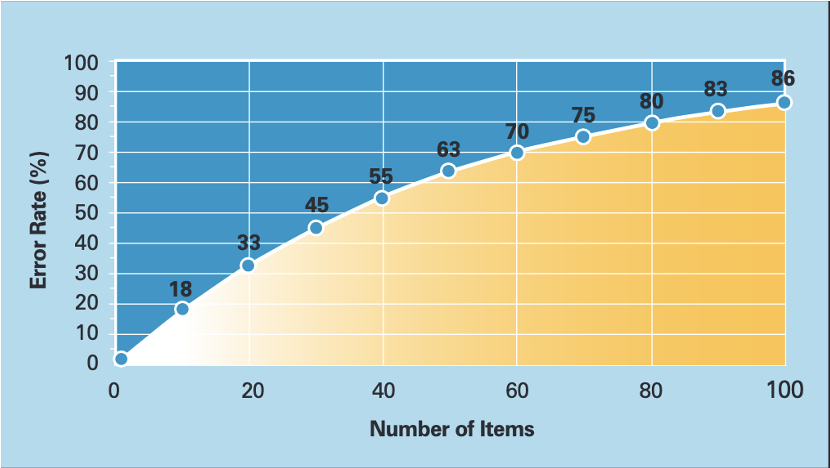
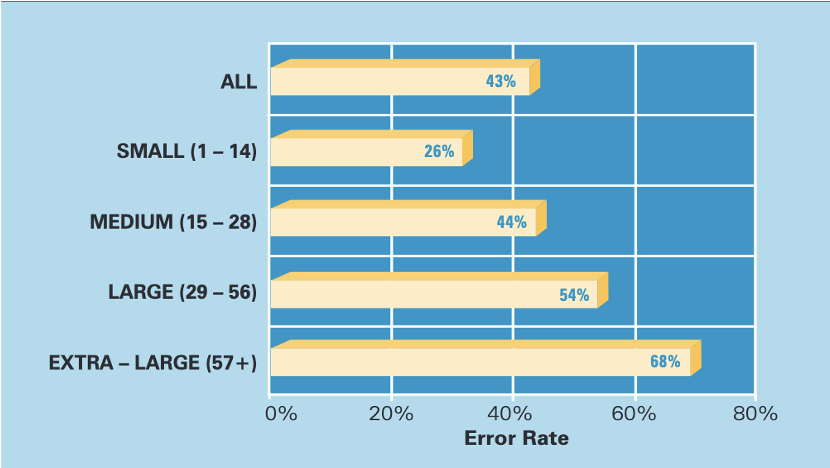
The Figures Speak Volumes
-
- A 2019 study by the National Retail Federation found that the average shrink rate for retailers was 1.44%, with self-checkout contributing to a 47% increase in loss compared to traditional cashier-operated lanes.
- Sensormatic Solutions, a leading provider of loss prevention solutions, estimated in its 2022 Global Retail Loss Report that self-checkout can contribute to a 1% loss in total revenue for every 10% increase in self-checkout utilization compared to traditional checkout.
The Losses Stem from Various Factors
-
- Scanning errors: Customers intentionally or unintentionally scanning items incorrectly, leading to under-ringing or not ringing items at all.
- Bagging errors: Discrepancies between scanned items and items placed in bags, often due to confusion or deliberate concealment.
- Voiding transactions: Easy manipulation of the system to void scanned items without paying.
- Software vulnerabilities: Exploiting weaknesses in self-checkout software to bypass security measures.
Besides the direct financial impact, increased loss can damage customer trust and lead to reputational harm for retailers. Customers who experience issues with self-checkout systems may become frustrated and less likely to return. Additionally, negative news reports about self-checkout loss can damage a retailer’s brand image.
Is There a Solution?
Fortunately, yes. Advanced AI-powered solutions like Supersmart’s self-checkout platform can address the inherent challenges of traditional systems and mitigate loss. Supersmart leverages advanced data algorithms and machine learning to achieve:
-
- Real-time Cart/ bagging verification: Ensures all scanned items are placed in the cart/ bag, preventing errors.
- Advanced anomaly detection: Identifies suspicious activity, and mismatches, including voiding attempts and unauthorized actions done by shoppers.
- Integrated loss prevention tools: Provides real-time alerts and insights to store personnel, enabling proactive intervention.
Self-checkout technology offers significant benefits for both retailers and consumers. However, addressing the issue of self-checkout loss is crucial for long-term sustainability and profitability. By implementing advanced AI-powered solutions like Supersmart, retailers can unlock the full potential of self-checkout technology while ensuring a secure and profitable shopping environment.
